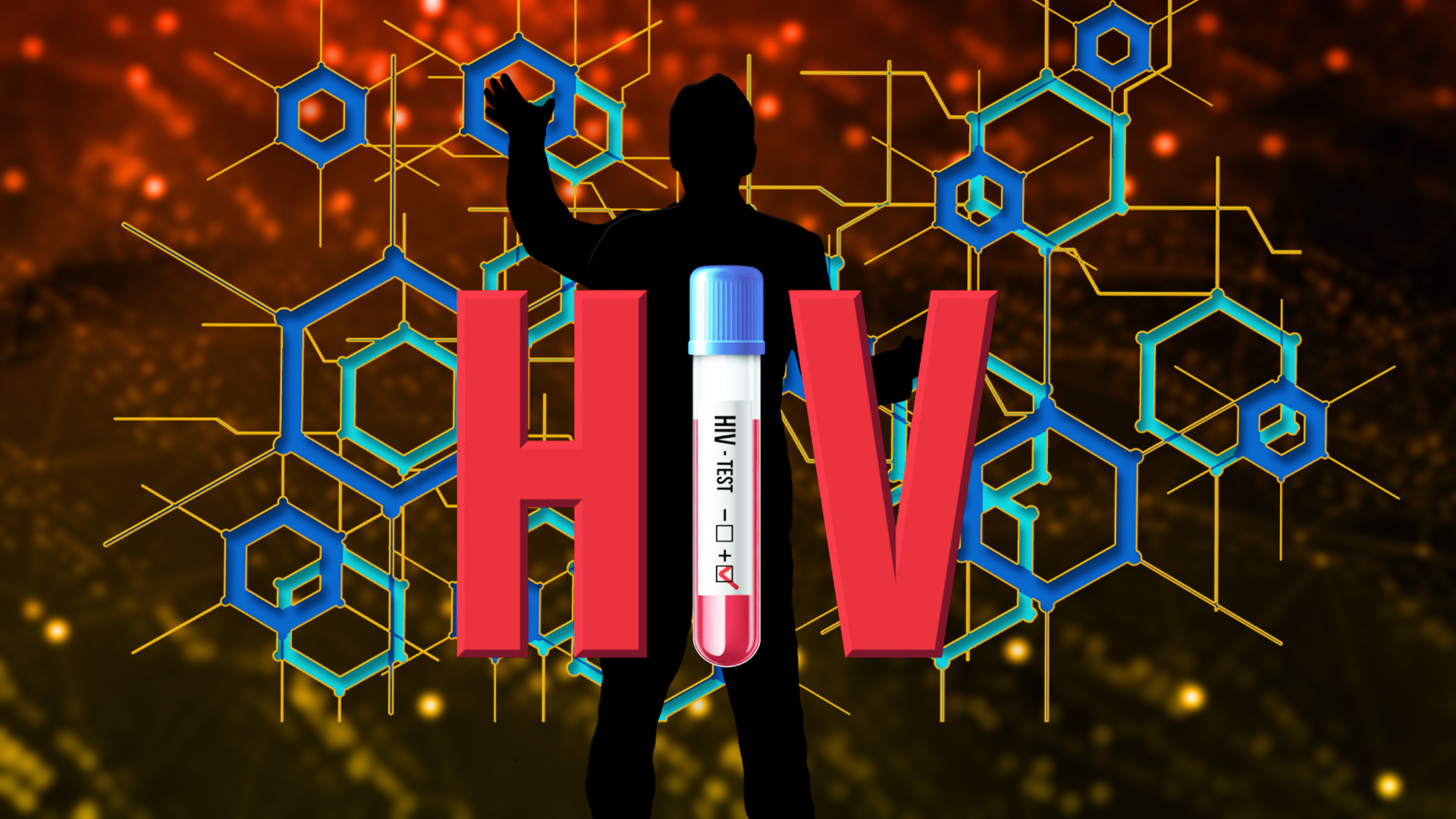- Blockchain-based dApps can help maintain the anonymity of HIV-positive individuals and protect them from discriminatory opinions.
- Blockchain helps improve the supply chain management of HIV treatment.
HIV, what comes to mind when you hear this word? It may be something like, “It’s just a disease; what’s the big deal?” If that’s what you think, congratulations! You are among the 50% of the world’s population that doesn’t have discriminatory opinions on HIV.
As per the data provided by World Health Organization, around 38.5 million people were infected with HIV in 2021. Out of this, roughly 85% or 33 million infected people belonged to Africa, Latin America, and Asia.
This article delves into the blame and stigma attached to HIV and how we can eliminate them by leveraging Blockchain technology.
The Need For Anonymity To Eliminate HIV Stigma
Considering the discrimination that HIV-positive people have to face, it is crucial to eliminate this stigma, and the best possible way to achieve this is anonymity. Anonymity may be the key to saving HIV-positive people from the prejudice and discrimination that they have to encounter.
To determine HIV-positive individuals or people at high risk of getting infected with HIV, and to effectively, anonymously track their data, there should be a technology that would enable us to do that. Blockchain technology is the only correct answer, considering all the pros and cons.
A few years ago, the Foundation for LGBT People recommended placing all the HIV test data on the blockchain to make it accessible, trackable, and transparent. This might potentially result in restricting the spread of the virus among vulnerable individuals and communities.
Another study resulted in a similar conclusion about blockchain’s potential to store data. The study states that the features of blockchain technology are apt for anonymously storing and encrypting HIV data on the blockchain.
Blockchain in the healthcare sector seems like a plausible decision due to the predictions that the industry will reach $77.76 Billion by 2027 at a Compound Annual Growth Rate (CAGR) of 39.53%. People diagnosed with HIV will naturally be contributors to this growing industry aiming to make a visible impact.
DApp Is The Solution
Scientist Jia Liu at the Henan Center for Disease Control and Prevention, China, has proposed an innovative technique to implement an HIV digital vaccine strategy by employing decentralized apps based on blockchain technology.
In the above chart, as per Liu, A, B, C, and D belong to the HIV-prone population. Upon the occurrence of transactions among the participants, tokens are exchanged during the process. Various transaction patterns may be used depending on the region and pertaining situations.
The gray frames in the chart depict blockchain-related behavior. In simple words, participants in the gray areas are major users of blockchain-based decentralized apps.
Conclusion
On the whole, technologies like blockchain have the capability to change the scenario for the prevention of HIV disease. It could be beneficial and credible for supply chain management to overcome the limitations of paper-based logistics, especially in developing countries like India, South Africa, Australia, and more.
Secondly, by leveraging the anonymity feature of blockchain technology, it will become easier to keep track of all the sensitive information related to HIV-positive individuals while maintaining its secrecy. This will save HIV-positive individuals from the stigma attached to HIV as well as from unjustified discrimination from society.
